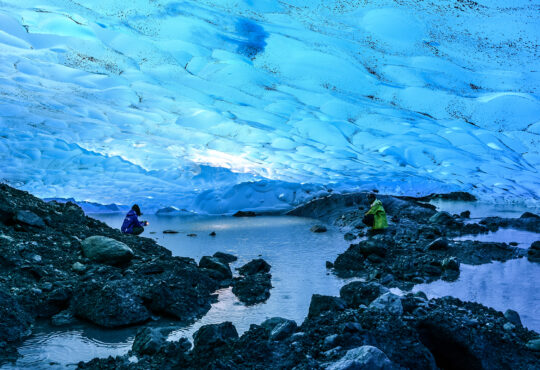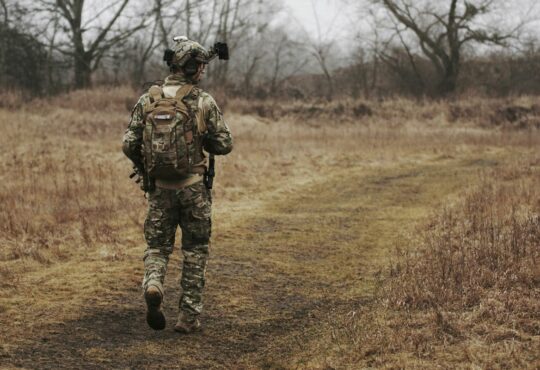Case studies are great ways to illustrate the difference it makes to have a rugged computer and even more so – how tough they actually are. However, they are not all equally exciting reads, some are definitely more adventurous than others. Over the years Handheld Group has sent their rugged computers on some fascinating expeditions. They have been everywhere from the Australian outback to the giant glaciers of Iceland and even Mount Everest. This time Algiz RT 10 crossed the arctic circle on a marine exploration mission in the fjords of northern Norway.
Snorkeling with orcas in arctic fjords
The Sea Women Expeditions is an organization dedicated to researching the disappearing sea ice in the Arctic. On this mission, an international team of 34 persons set off to research the loss of biodiversity and record climate change in the arctic fjords. The team snorkeled with orcas, humpback whales, and fin whales to document their behavior and collect biological data.
The arctic expedition lasted for 3 weeks and the cold climate would demand a lot out of both the researchers and their equipment. Carrol Cotton, director of photography at Rugged PC review, was tasked with visually documenting the expedition. With her experience of rugged computers, she knew they would be the right choice for the harsh conditions. She reached out to Handheld Group and brought the Algiz RT10 rugged tablet on the mission.
Rugged computers in marine environments
Winter in the arctic fjords is an unforgiving environment that puts a lot of pressure on the equipment. During the 3 weeks, the team spent between 5 and 8 hours a day on either the research vessel or the smaller zodiacs. The rugged tablet had to deliver in a cold, dark, and obviously very wet environment.
The cold will drain regular batteries quickly and make most led screens slow to react. While most consumer products start performing worse at around 0°C the Algiz RT10 can handle -20°C. With an IP 67 rating, the durable tablet is also equipped to deal with corrosive salt water, it can handle complete submersion so the saltwater spray is not a problem.
Another feature that makes it well-suited to be used in cold marine environments is the touchscreen. It’s designed so that it can be used with gloves on, which definitely is a quality of life boost in the cold arctic winter. On top of that, it also has a rain mode so a wet screen won’t mess with the user experience either.
Data analysis and navigation
During the expedition, the Algiz RT10 was equipped with specialized Android applications. It provided the team with image-processing apps as well as star maps for identifying constellations. Ofcourse, the screen also had to shine bright enough in the pitch-black polar nights. The tablet’s ability to stay connected to weak signals was another important tool in remote locations.
One of the most important functions that the rugged tablet filled was navigating and mapping locations. With the help of its GIS capabilities and the MarineTraffic app, the tablet recorded detailed location data and showed every stop that the vessel made. Keeping track of exactly where you are in the dark Norwegian Sea is not easy and having exact locations tied to the data sample collected is important.
In the end, the research expedition was a success and important data was gathered for the future. Read the full case study at Handheld Groups’ official website.





